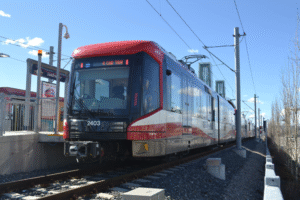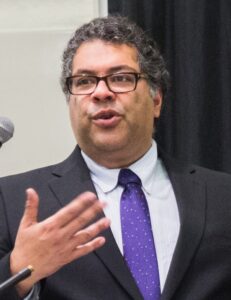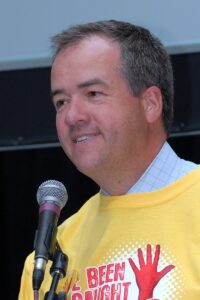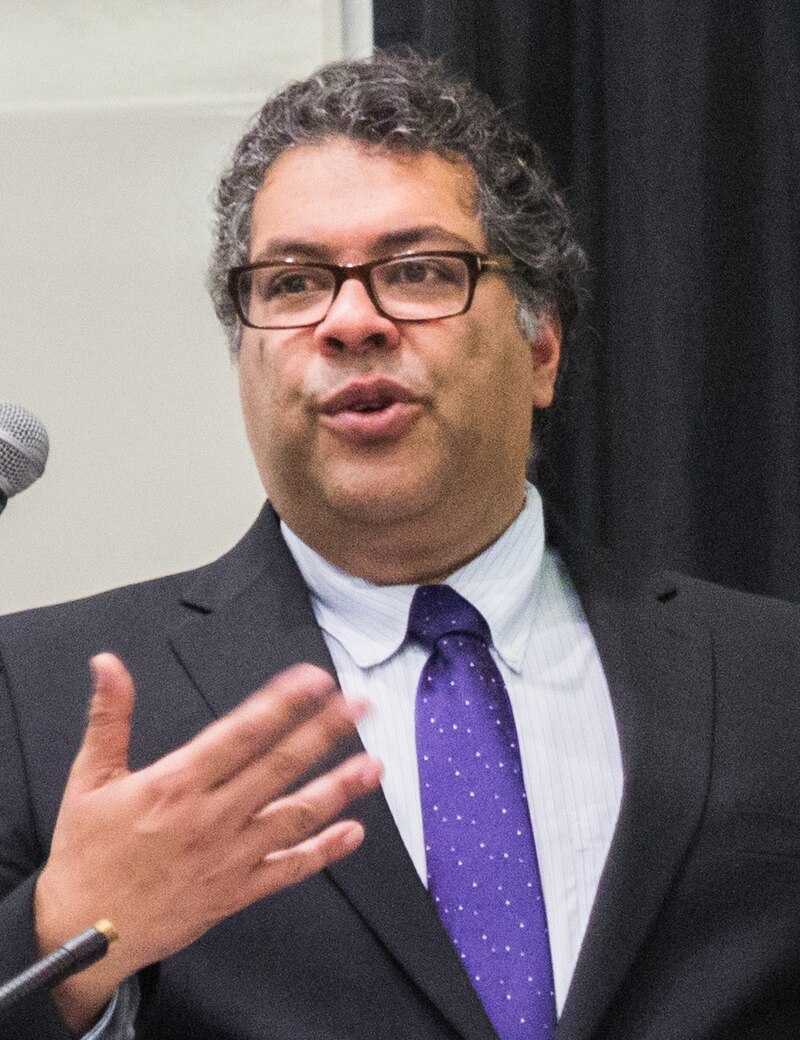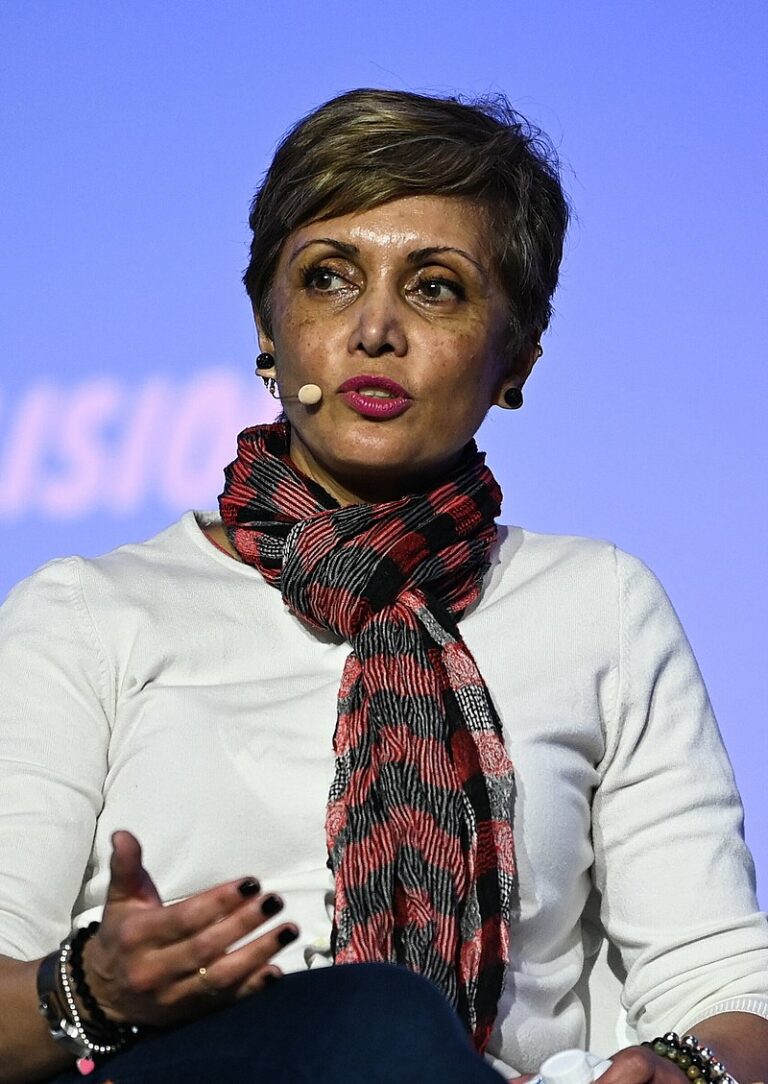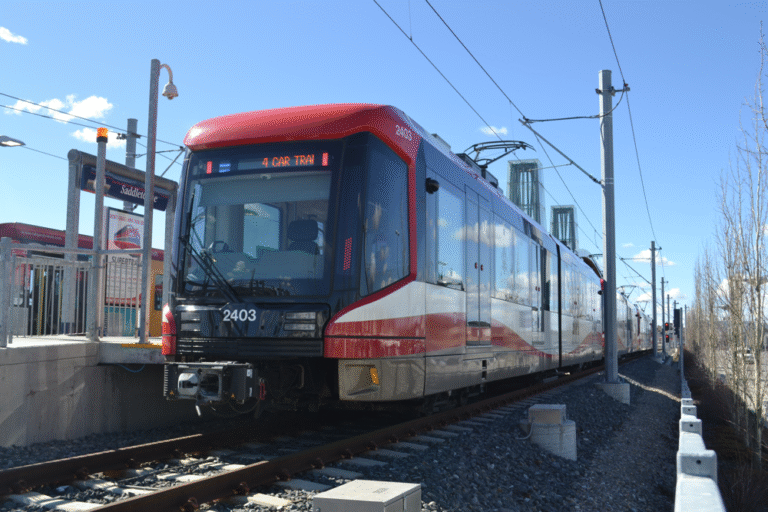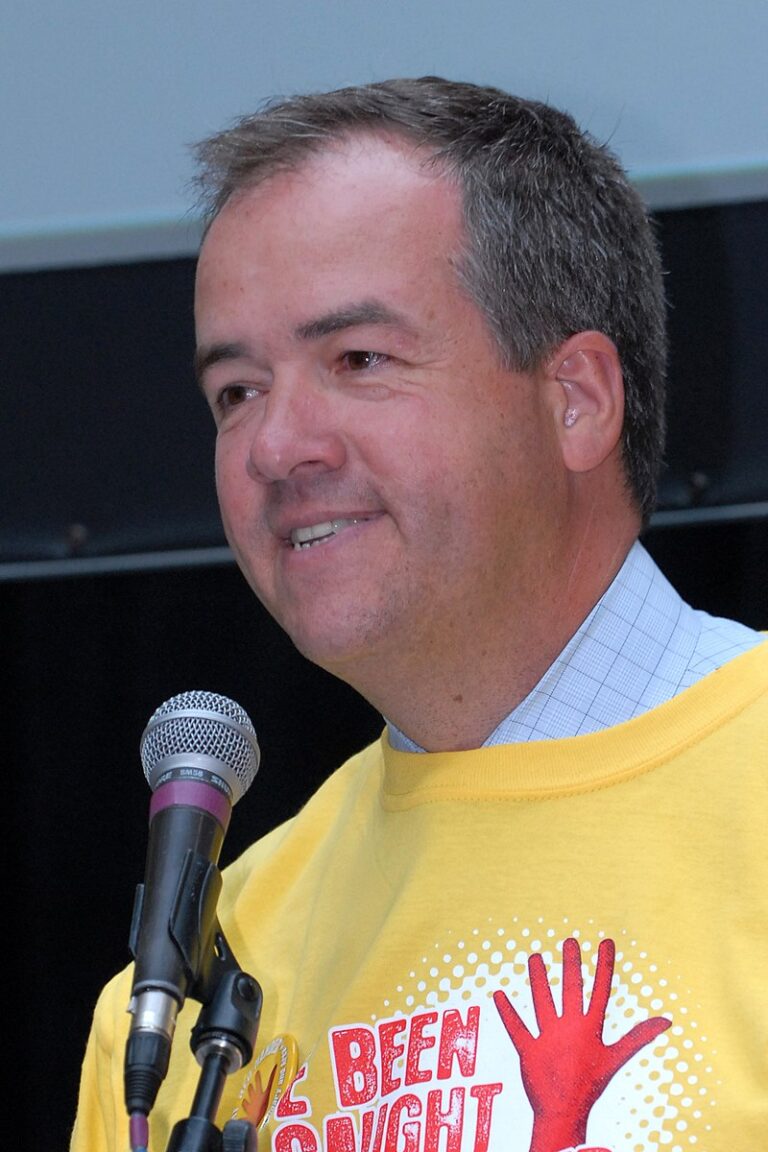2010: Naheed Nenshi’s “Purple Revolution” – A New Agenda
The 2010 municipal election was another turning point. With Bronconnier stepping down, an initially underdog candidate, Naheed Nenshi, surged to victory on a wave of voter engagement and desire for change. Nenshi’s campaign – dubbed the “Purple Revolution” – was notable for its unprecedented use of social media and grassroots organizing to reach votersen.wikipedia.org. In a city with historically low turnout, Nenshi tapped into younger and previously apathetic voters. Early polls had him at just 8% support in a crowded field, trailing well-known contenders Ric McIver (a fiscally-conservative alderman) and Barb Higgins (a TV news anchor)en.wikipedia.org. But by election day Nenshi’s message caught fire – he won 40% of the vote, about 28,000 votes ahead of second-place McIveren.wikipedia.org. Nenshi made international headlines as Calgary’s first non-white mayor (indeed the first Muslim mayor of a major Canadian city)en.wikipedia.org, but it was his policy platform and promise of a more transparent, innovative City Hall that resonated locally.
Key campaign issues in 2010: Nenshi’s platform – presented in detail in his “Better Calgary” plan – directly addressed several policy areas that had simmered through the Bronconnier years:
- Accountability and City Hall Reform: Nenshi capitalized on a perception that City Hall could be more open and efficient. For instance, a scandal involving the city-owned utility Enmax had broken during the campaign – the outgoing Enmax CEO was found to have billed lavish expenses and trips, angering taxpayersen.wikipedia.orgen.wikipedia.org. McIver and Nenshi both criticized this “entitlement,” but Nenshi went further in calling for governance reform at agencies and City Hall. He promised to “cut red tape”, modernize city processes, and put council expenses and salaries online. This ethos of transparency extended to campaign finance: Nenshi voluntarily released his donor list before the vote and challenged others to do the same (setting a new norm in Calgary politics)sprawlcalgary.comsprawlcalgary.com.
- Urban Growth and Development Fees: A cornerstone of Nenshi’s policy was changing how Calgary grows. He argued that the existing system subsidized suburban sprawl – noting that the City gave a $4,800 per new home subsidy to developers for infrastructure, which he claimed added up to $33 million per year and contributed to city debten.wikipedia.org. His platform proposed to abolish this subsidy so that developers (and by extension new home buyers) would pay the full costs of growth, relieving the burden on general taxpayersen.wikipedia.org. This was essentially an implementation of the “growth pays for itself” principle outlined in Plan It Calgary. It was a bold stance in 2010 and set Nenshi apart from McIver (who was seen as more aligned with developers). Nenshi framed it not as anti-suburb but pro-market fairness – letting the free market decide housing with fewer City incentives skewing toward sprawlen.wikipedia.org. This debate around developer levies and sprawl costs became a recurring theme in Nenshi’s term and beyond.
- Housing & Secondary Suites: Another highly visible issue was Calgary’s stance on secondary suites (basement or garage apartments). For years, city council had been divided over relaxing zoning to allow these suites city-wide. Nenshi championed legalizing secondary suites as an affordable housing solution, pointing out tens of thousands of illegal suites existed anywayen.wikipedia.org. He argued for a streamlined process and safety standards to make suites part of Calgary’s housing mix. While public opinion was in favor (especially as rental costs were high in 2010), successive councils continued to struggle with this (it took until 2018 for a broad legalization to pass). Still, Nenshi’s consistent pressure made secondary suites a litmus test for “new thinking” on council. In his first term, council at least waived the onerous $4,500 rezoning fee for suite applicationsen.wikipedia.org, signaling incremental change.
- Transit and Transportation: Transit continued to be front-of-mind. Nenshi promised to push forward on the planned Green Line LRT (a new north-central to southeast line that had been conceptualized) and to improve bus service in underserved areas. He also supported building the long-discussed Airport Tunnel (which the new council approved in 2011). His vision of Calgary included better transit and walkable communities (he often spoke of “complete communities”), aligning with Plan It goals. Meanwhile, McIver (nicknamed “Dr. No” for often voting against spending) ran on fiscal conservatism and was less inclined to expansive transit projects, though he did support some BRT (Bus Rapid Transit) improvements. Voters seemed to endorse Nenshi’s balanced approach of investing in transit while scrutinizing costs.
- Diversity and City Image: Although not a “policy” issue per se, Nenshi’s campaign subtly emphasized making Calgary a more inclusive and modern city. His slogan of “politics in full sentences” suggested moving past soundbite politics to thoughtful discussion. He attracted a coalition of young professionals, multicultural communities, and even some traditionally conservative voters who found his pragmatic approach appealing. The result – a mayor who was a Harvard-educated Ismaili Muslim – sent a message that Calgary’s identity was changing. This had knock-on effects on policy in later years, such as the city’s adoption of an anti-discrimination lens, a Welcoming Communities initiative, and stronger ties with tech and creative industries as part of economic diversification.
Nenshi’s mayoralty (2010–2021) and policy changes: Once in office, Mayor Nenshi moved on many of these fronts. He launched initiatives like “Cut Red Tape” to simplify city processes, instituted transparency measures (publishing his own office expenses and cutting office budgets), and he and council began reforming developer levies (by 2016, Calgary had new levy agreements to make suburban growth infrastructure more cost-shared by developers). Secondary suites legalization remained frustratingly incomplete in his first term, but he continued to advocate it.
Nenshi also presided over unforeseen challenges that influenced election issues: most notably the 2013 flood. In June 2013 Calgary was hit by a massive flood, the worst in decades, and Nenshi’s decisive, compassionate leadership during the crisis elevated his stature (he won the 2014 World Mayor Prize in part for thisen.wikipedia.org). The flood’s aftermath brought policy focus on disaster mitigation and resiliency – e.g. building flood barriers and pushing for upstream flood control projects – and reminded voters of the importance of experienced leadership. Not surprisingly, Nenshi was re-elected in late 2013 with landslide support (over 74% of the vote) as the city basked in a sense of unity post-flood.
By the time of the 2017 election, however, the context had shifted. Calgary had been hit by an oil price crash in 2015, leading to a local recession and high downtown office vacancies. Nenshi was seeking a third term and faced a tougher race against Bill Smith, a challenger running on a vague platform of “time for change.” The major issues in 2017 included:
- Economic downturn and jobs: Calgarians were anxious about unemployment and the struggling oil & gas sector. While municipal government has limited levers for job creation, candidates debated tax rates and business-friendly policies. Small businesses were reeling from a phenomenon called the “downtown tax shift” – as vacant downtown towers lowered the business tax base, more tax burden was falling on suburban businesses. Nenshi’s council had devised relief grants and budget cuts to soften this, but Smith capitalized on general economic frustration, arguing the city needed to rein in spending and cut taxes to spur growth (though he provided few concrete plans).
- Downtown & Economic Diversification: Relatedly, what to do about downtown’s vacancy crisis and diversify Calgary’s economy became a recurring topic. Nenshi advocated for reinventing downtown – converting empty offices to residential, boosting the tech sector (Calgary had started to see growth in tech startups), and investing in quality of life to attract investment. Indeed, his council initiated a Downtown Economic Development plan. Smith’s campaign was less specific here, mainly criticizing Nenshi’s results.
- The Calgary Flames Arena: A high-profile flashpoint in 2017 was the Calgary Flames NHL team’s demand for a new arena partly funded by the city. Negotiations between the Flames owners and Nenshi’s council had stalled, and a few weeks before the election the Flames’ president went public saying they were “walking away” from talks – widely seen as a move to hurt Nenshi’s re-election. The arena debate (branded “CalgaryNext” at the time) polarized opinion: Nenshi insisted on a deal fair to taxpayers, while Bill Smith indicated he’d be more amenable to the team’s terms. For some voters, this became a proxy for whether City Hall was “pro-growth and fun” or too frugal. Ultimately, Nenshi’s stance that public funds must buy public benefit prevailed (no blank check to the Flames), and this resonated with enough voters to not cost him the election.
- Transportation and the Green Line: The Green Line LRT project (56 km of new LRT, the city’s largest-ever infrastructure project) was in the planning stages, with council having approved a route and the federal and provincial governments pledging billions in funding. However, cost concerns and alignment disputes were brewing. During the campaign, Smith at times suggested pausing or reconsidering the Green Line plans due to the multi-billion dollar price tag, while Nenshi remained committed to it as a long-term investment. This again highlighted a transit vs fiscal restraint choice. (After re-election, Nenshi did scale back the initial phase for cost reasons, but kept the project alive. The Green Line finally broke ground in 2022, under the next mayor.)
- Taxes and Spending: By 2017, Nenshi’s critics painted him as having led council into excessive spending (City operating budgets had grown, though mostly in line with population and inflation). Smith promised to find “efficiencies” and limit tax increases. Nenshi, defending his record, pointed out his administration had actually kept Calgary’s taxes among the lowest of major Canadian cities even after necessary increases for services. This classic debate over property tax levels vs service levels is perennial in Calgary elections. Nenshi positioned himself as the responsible steward who invested in the city when times were good (the new Central Library, begun in 2015, was a signature project) and trimmed when times were bad, whereas Smith argued for austerity (again, without detailing cuts).
In the end, Nenshi won a third term in 2017 with 51% to Smith’s 44%, the closest mayoral race in decadessprawlcalgary.comsprawlcalgary.com. His victory confirmed incumbency remained powerful in Calgary, but the message from voters was that a large minority desired change or at least a refocusing on bread-and-butter issues.
